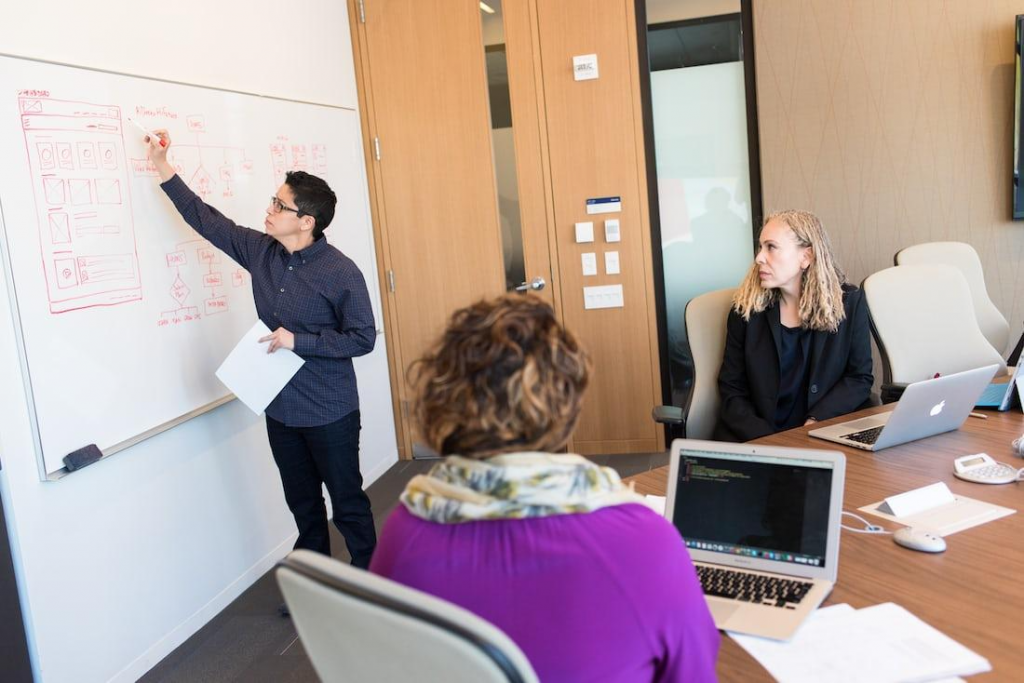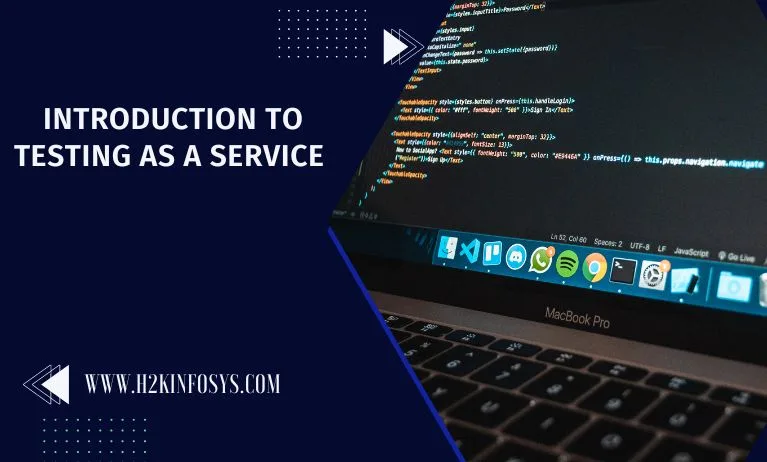Testing as a Service (TaaS) is an outsourcing model in which service providers, as opposed to internal staff, carry out testing tasks related to certain of an organisation’s core activities.
TaaS may entail hiring consultants to assist and counsel staff members or even outsourcing a testing task to a service provider. A business typically continues to conduct some testing internally. TaaS works best for specialised testing projects that don’t necessitate a great deal of in-depth understanding of the architecture or system. On-demand testing is one name for TaaS. Automated regression, performance, security, application, ERP, and software testing as well as monitoring for cloud-based applications are testing services that work well with the TaaS model. A good QA training will explain TaaS in a broad manner.
How does testing as a service work?
When a company uses testing as a service (TaaS), a third party completes tasks that would typically be handled internally. Companies buy infrastructure, testing software, and tools from suppliers, frequently on a pay-per-use basis. TaaS can refer to a single step in the testing process, such as a platform, a set of infrastructure and software components, or the outsourcing of a whole department. Whatever its form, TaaS entails a provider taking on a portion of the organisation’s testing duties.

TaaS can be utilised for automated testing procedures that would take longer to perform manually if done by internal staff. Additionally, it can be employed when the customer organisation lacks the capacity to do testing on its own. The resource could be labour, capital, manpower, or equipment. TaaS might not be the best choice for enterprises that demand a deep understanding of their infrastructure.
Although there are different kinds of TaaS and each has its own unique processes, in general, TaaS will adhere to the following steps:
Step 1: A scenario and testing environment are built. This could be referred to as a user scenario for software testing.
Step 2: A test is created to gauge how well the business handled the situation.
Step 3. The vendor’s safe testing environment is used to conduct the test.
Step 4: The vendor monitors performance and assesses the organisation’s capacity to achieve the objectives outlined in the test design.
Step 5: The vendor and the business collaborate to enhance the system or item under test in order to improve performance and outcomes in the future.
Testing as a service types
TaaS can take many different forms and apply to various organisational divisions and stages throughout the lifecycle of the tested product. These categories comprise, but are not restricted to:
- Cloud Testing: software as a service (SaaS) application testing for cloud services.
- Application Testing: testing a software program in development.
- Regression testing. new software features are tested to make sure they don’t negatively impact already-existing functionality.
- Performance Testing: Product performance testing.
- Functional testing: checking a product’s performance. This could include more specialised sorts like user acceptance testing and graphical user interface (GUI) testing.
- Testing for quality assurance (QA). Prior to release, the vendor assists the business in making sure that a product—often software—meets the required standards.
- Penetration testing: By staging simulated attacks, the vendor evaluates the company’s ability to protect itself against cyber threats.
- Load testing: The software’s predicted usage rate is put to the test by the vendor.
- Unit testing. It is common practice to test code that is thought to be weak first before testing other specific sections of code.
- GUI Testing. involves putting an application’s user interface through testing and evaluation.
- Testing for disaster recovery. A company’s capacity to respond to and recover from an event or outage is tested by the vendor.
- Adherence to service-level agreements (SLAs). A SaaS application is examined for compliance with the terms.
- Cloud Testing: More particular test types fall under broader TaaS kinds such as cloud testing, functionality testing, performance testing, and security testing. For instance, user acceptability testing is a particular kind of functionality testing, and penetration testing as a service is a particular kind of security testing.
Testing as a service features
A TaaS platform frequently has the following features:

- a SaaS site for running tests and getting test results.
- automated test labs available on demand.
- monitoring and diagnostics for applications under test.
- a metering feature that keeps track of expenses and resources spent.
- shared equipment to reduce resource conflict.
- a test library with programmable parameters and user scenario descriptions.
Benefits of Testing as a Service
The basic advantages of outsourcing or using any service, including testing, are the same. They are centred on the notion that the organisation paying for the service is relieved of the responsibility of hosting and maintaining the technology and testing procedures.
TaaS’s primary advantages are as follows:
- Decreased costs. Companies don’t have to pay staff or host the infrastructure. neither a licence charge nor a staff fee.
- Pricing is based on consumption. Companies only pay for what they actually use.
- Less routine upkeep. Less routine maintenance work will be required of internal IT workers.
- A lot of availability. Most TaaS suppliers give round-the-clock support.
- High flexibility. As demands change, businesses can easily modify their service package.
- Testers with less bias. The test is being carried out by a third party with little familiarity with the firm or product. Internal staff members have no impact on the test.
- Data reliability. The vendor runs testing in secure environments and sanitises test data.
- Scalability. TaaS products can be modified to fit the company’s size.
Conclusion
Businesses thinking about using TaaS should assess their IT requirements and provider needs. TaaS may not be the ideal option for all firms, regardless of whether it involves consultants, outsourcing, or pay-as-you-go infrastructure and software. Check out the QA course to learn more about TaaS.



























